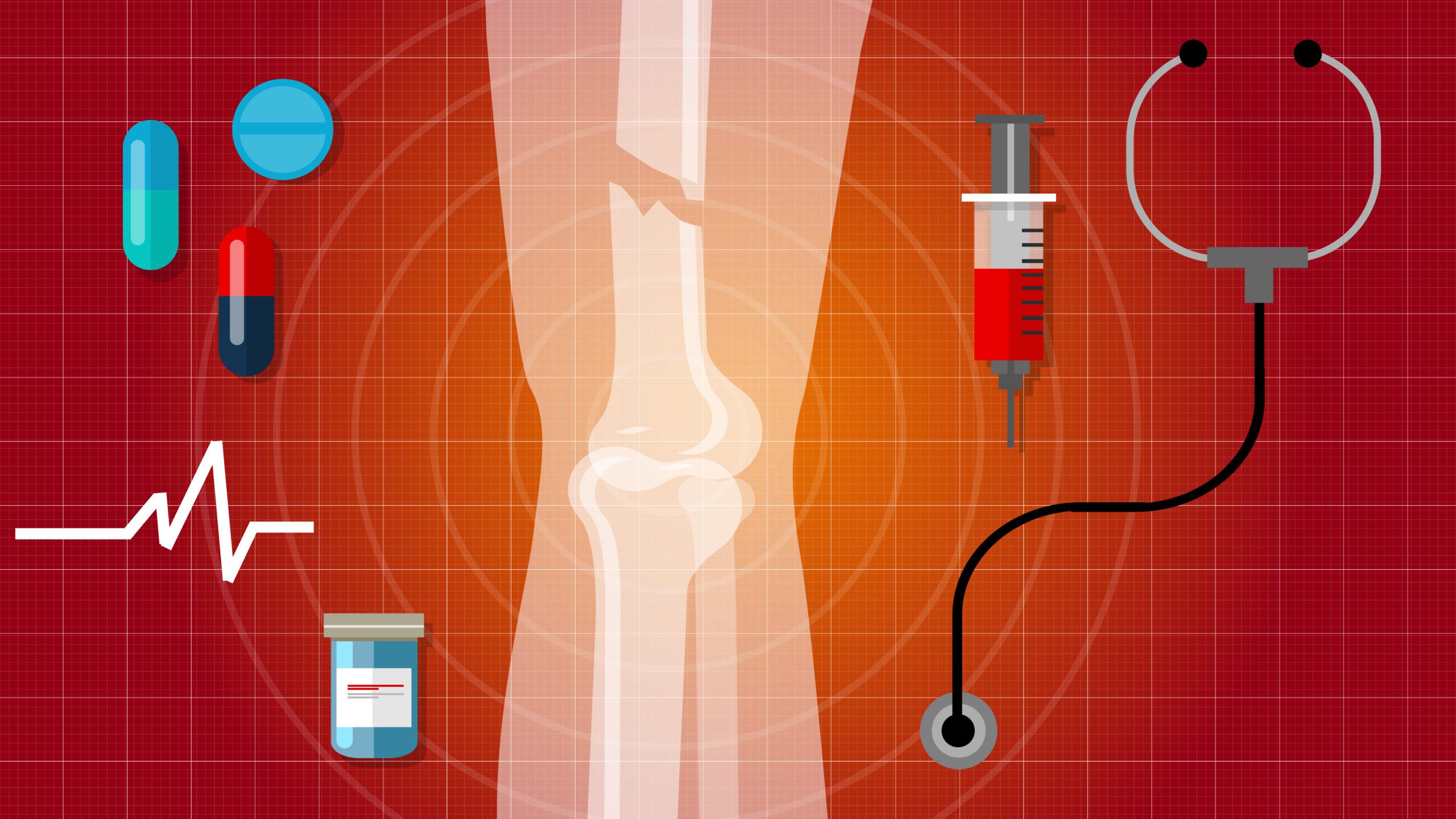It is obvious that any disease is easier to treat in the early stages. Therefore, it is essential to seek medical care when you start experiencing any new symptoms and not wait until they become worse. But what to do with asymptomatic diseases? They might be quite problematic to detect early. One of such asymptomatic diseases is osteoporosis. It is characterized by a reduction in bone density and bone microarchitecture decay, which results in increased fracture risk. The most affected sites include wrists, hips, and spine.
Osteoporosis is diagnosed using dual-energy X-ray absorptiometry (DXA). It is a non-invasive method that uses a minimal amount of radiation to estimate bone mineral density, which is then compared with age-matched controls. However, the clinical interpretation of DXA scans should be made cautiously, particularly in older people. For example, a degenerative disease in the spine can hamper correct diagnosis.
Age is one of the major risk factors for osteoporosis development. According to the National Osteoporosis Foundation data, approximately 10 million Americans have osteoporosis, and another 44 million have low bone density, indicating an increased risk for the condition. This means that roughly half of all adults that are 50 years and older are at risk of bone fracture. Many older people also have additional medical conditions, some of which are associated with an increased risk of falls and frailty. Chances for getting a fracture, especially at the hip, dramatically increase in the ninth decade and beyond. Such injury is associated with a mortality rate of 20% in the year after it and leads to significant disability in about half of those who survive.
Even though osteoporosis affects both sexes, it is more common in postmenopausal women. Up to one in four men and one in two women are affected. For women, the incidence is higher than that of stroke, heart attack, and breast cancer altogether. Other risk factors for developing osteoporosis include white race, family history, prolonged oral steroid use, increased body mass index, smoking, and heavy alcohol consumption. While some factors are not under our control, it is still possible to lower the risks by making changes to your lifestyle.
Physical activity has the potential as a therapy for osteoporosis. Different types of physical activity have various effects on bone health. For example, some studies demonstrate that resistance training and weight-bearing activity may be most effective for maintaining and improving bone health in older adults. In addition, exercises that will enhance muscle strength, body balance, and joints functionality are likely to reduce the risk of falls and, consequently, indirectly lower fracture risk.
No less important, alcohol intake should remain within the recommended limits, and smoking cessation is encouraged. Patients should also include an adequate amount of calcium in their diet. Dairy products, green leafy vegetables, sardines, beans and lentils, almonds are just a few examples of products rich in calcium. Vitamin D is also crucial for bone health and should be present in the diet, particularly for older people who are housebound or live in a care home and therefore have limited sunlight exposure. Vitamin D-rich products include red meat, oily fish, liver, egg yolks, and others.
Pharmacological management of osteoporosis is available as well. Osteoporosis treatments typically promote an increase in bone mineral density in various ways. For example, oral bisphosphonates are first-line medications, whereas zoledronic acid or denosumab are commonly used if oral bisphosphonates are not tolerated. Most osteoporosis medications can be used alongside calcium, and vitamin D. There remains a controversy about the possible risk of cardiovascular disease in patients given calcium supplements. However, the evidence is not consistent, especially in studies looking at dietary calcium intake.
In general, an individual approach should be taken for choosing a treatment. The benefits and risks of each available option should be discussed with the patient to make an agreed decision. The joint effort of you and your medical care provider is crucial for managing osteoporosis and happily living for years and years.
Sources:
1. Osteoporosis in older adults
2. Osteoporosis Fast Facts
3. Factors associated with diagnosis and treatment of osteoporosis in older adults
4. Prescribing Physical Activity for the Prevention and Treatment of Osteoporosis in Older Adults
















Leave a Reply
You must be logged in to post a comment.